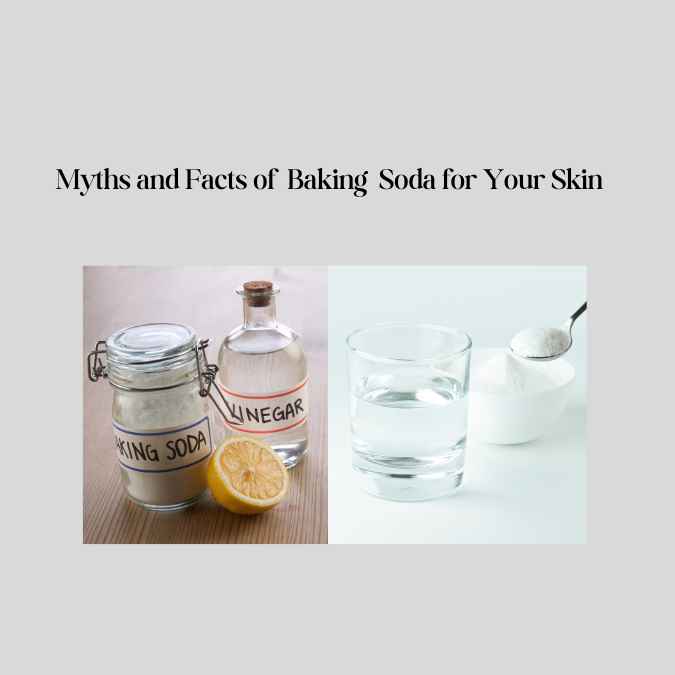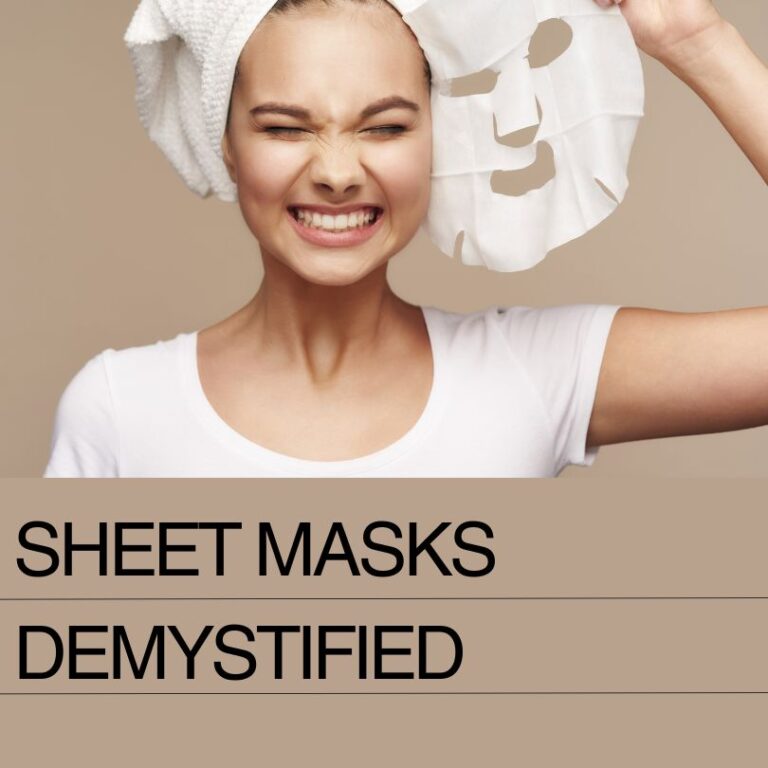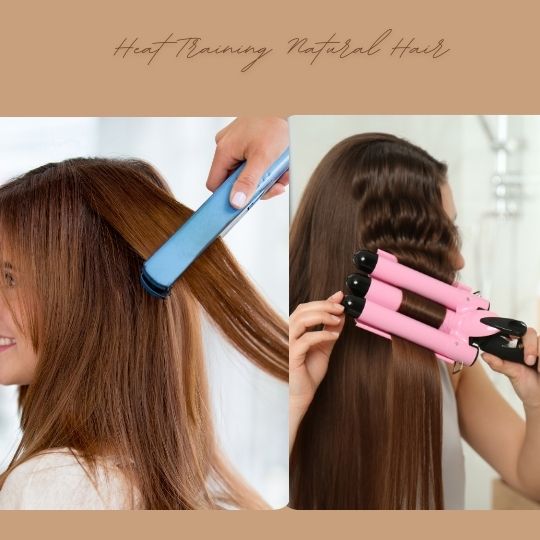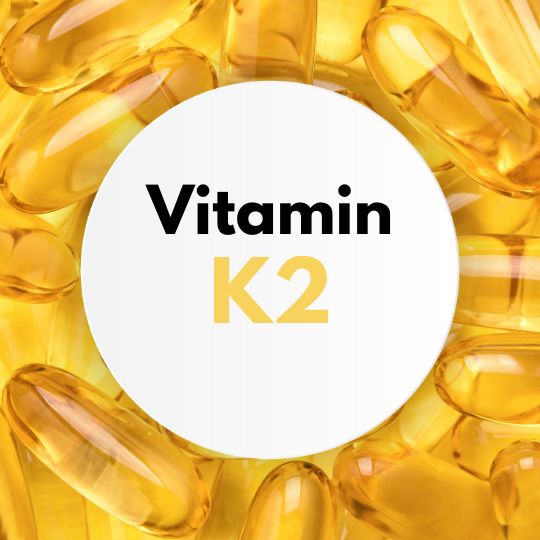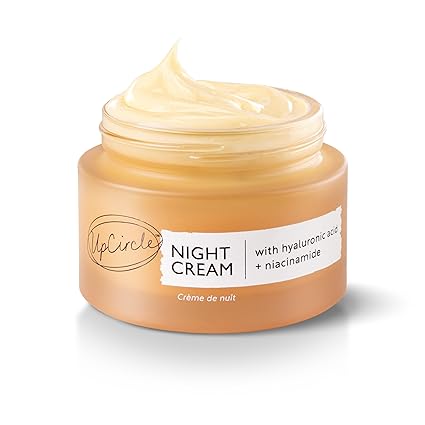The baking soda might work initially by drying out our skin and unclogging pores but dry skin can cause premature aging.In this article, we tell you what myths and facts about baking soda for skin.
However, our skin over some time will increase in the production of oils (sebum) due to the high Ph level that is found in bakingsoda. The pH scale ranges from zero to fourteen, so anything higher than seven is base or alkaline and if is lower than seven is acidic. Not much probably if you do not leave it there for a long time. Baking soda has to mild base and mild abrasive hence in paste form with water two-part baking soda and one part water will behave.
Table of Contents
ToggleMyth: Banishing Pimples
Facts: Baking soda is slightly anti-bacterial which may help decrease surface germs. However, it can likely dry and irritate the skin or even aggravate acne. Apply a dab, literally a dab of the product on a specific area, and do not apply it all over the face. To say the least, there are many better and more delicate ways of dealing with the skin breakouts in question.
Myth: Lightening Dark Spots
Facts: While it is true that baking soda mixed with coconut oil lightens skin, baking soda does not have a lightening effect on the skin specifically on the dark spots. It can be rough and friction the skin if rubbed in sensitive body parts. It is advisable to visit a dermatologist to get treatments for dark spots that must have been recommended and tested to be effective.
Myth: Baking soda can replace professional skincare treatments
Facts: Baking soda is not a replacement for dermatological procedures; however, using baking soda can alleviate the need to visit a dermatologist very often by naturally treating skin issues such as acne and blackheads. For more skin problems necessitating expert advice or prescription, one is recommended to seek the service of a dermatologist.
Myth: Preventing Blackheads
Facts: Lathering your body with a baking soda paste will be beneficial in washing out dead skin cells that if trapped in the pores help in the formation of blackheads. But, if the skin is left off more intensely, it may irritate the skin and exacerbate the spot. Be less abrasive, and suggest some other types of exfoliating. For instance, one can apply products that have a rare specialty of eliminating blackheads such as; salicylic acid and benzoyl peroxide. These products are made ready to open the pores and reduce blackheads contrasting with baking soda.
Myth: Removing Dead Skin Cells
Facts: The formation of baking soda makes it gentle on the skin which helps in the removal of dead skin cells. But it can be also very severe. For a short while, it is appropriate to use a gentle paste (less than fifteen minutes); do not rub. It is important to switch to other forms of exfoliation such as salicylic acid or AHAs like glycolic acid.
Myth: Soft, Pink Lips
Facts: Baking soda can be too harsh for delicate lips. It might cause dryness and irritation. Look for lip scrubs formulated specifically for lips with gentler exfoliating ingredients.
Myth: Dark Elbows and Knees
Facts: Baking soda has both exfoliating and skin-lightening effects that may help treat dark elbows. Start by adding a teaspoon at a time with water to a bowl. Keep adding and mixing well until you have the desired quantity of product. Apply directly to your elbows and knees for about 10 to 15 minutes and then rinse off. Repeat 3 times per week. It’s not a permanent solution and harsh scrubbing can worsen the issue. Patch test and use a gentle paste for a short duration. Consider products with ingredients like lactic acid for better results.
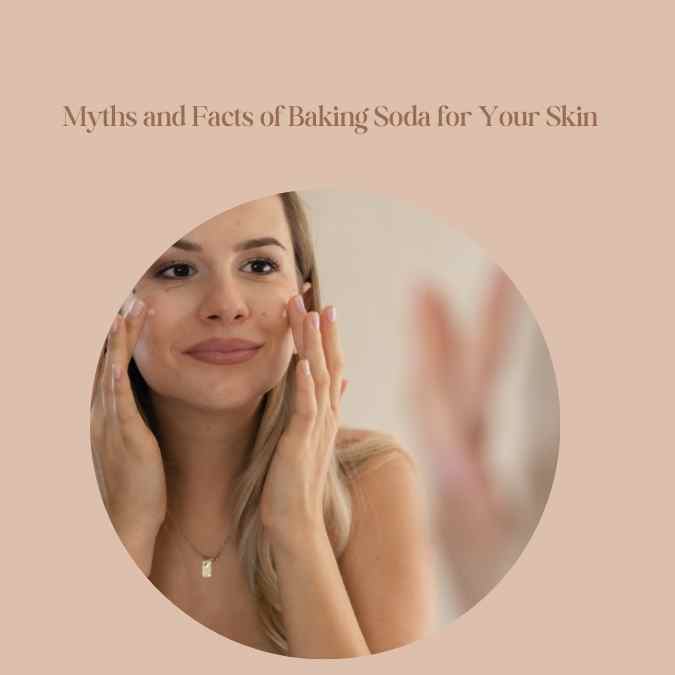
Myth: Ingrown Hair Removal
Facts: Baking soda won’t help remove ingrown hairs. It can irritate the skin further. Try exfoliating with a gentle scrub and applying a warm compress to promote hair emergence. If ingrown hairs continue to grow consult a dermatologist.
Myth: Baking soda is safe to use in large amounts on the skin
Facts: Baking soda can be very drying and quite harsh particularly if it is used frequently. One must, however, ensure that it is taken sparingly and with the right prescription to avoid skin allergies.
Myth: Eliminating Body Odor
Facts: Sweat odor can be neutralized through the use of baking because it has efficient deodorization features. It does not deal with what is responsible for body odor which is a breakdown of bacteria. Aluminum chloride is present in natural antiperspirants and can be tried, or a dermatological physician for stronger preparations.
Myth: Soft Feet
Facts: Baking soda can be part of a foot soak to soften dead skin. It shouldn’t be the sole solution. Use a baking soda paste for a short time followed by a foot scrub with pumice stone and moisturizing lotion for best results. A bicarbonate footbath is advised to relieve muscular tension and pain. Its relaxing properties help muscles and joints to relax.
For even greater effectiveness, add a tablespoon of Epsom salt to the baking soda. Use a tomato or lemon slice to rub it. You can feel softened and clean your feet. Essential oils can be used to enhance the effectiveness of your foot care. Like Lavender, Tea tree, lemon, and Peppermint, all of these have soothe, heal, purifies, to the proper functioning of the blood system, antifungal, antibacterial, antioxidant, and detoxify properties.
Myth: Baking soda is a cure-all for all skin issues.
Facts: It is used in the treatment of all skin ailments Since it has numerous uses in the treatment of ailments, baking soda is preferably used in the treatment of skin ailments. So, baking soda is not such an adaptable key that could be used with the skin without any drawbacks. It may work for some individuals, albeit physically and chemically harsh and irritating for some other persons in particular conditions.
READ MORE: Baking Soda Benefits for Hair: Hero or Villain
Myth: Baking soda can treat eczema
Fact: Baking soda is alkaline and can disturb the natural acidity of the skin. Potentially it is deepening conditions like eczema or irritation. It is not recommended as a treatment for skin conditions like this. It can be harmful if used improperly. Especially when you use lemon and baking soda combined. It can disrupt this natural pH balance. This disruption can weaken the skin’s barrier part. Making it more exposed to irritation, dryness, and leading to redness.
Myth: Brightening with Baking Soda
Facts: White is commonly used for its power to lighten the complexion. Thus, despite its potential to have some positive effects in brightening up some parts of a person’s life, it must be used sparingly. The texture of baking soda should be able to gently scrub off dead skin cells which are useful in increasing the lucency of skin. Yet, such action may lead to skin irritation as well as harm if very aggressive scrubbing is used. But there are other mild and equally efficient methods through which skin can be lightened naturally. Ingredients such as Vitamin C, niacinamide, and alpha hydroxy acids (AHAs) are more effective as well as safer for the said effect.

